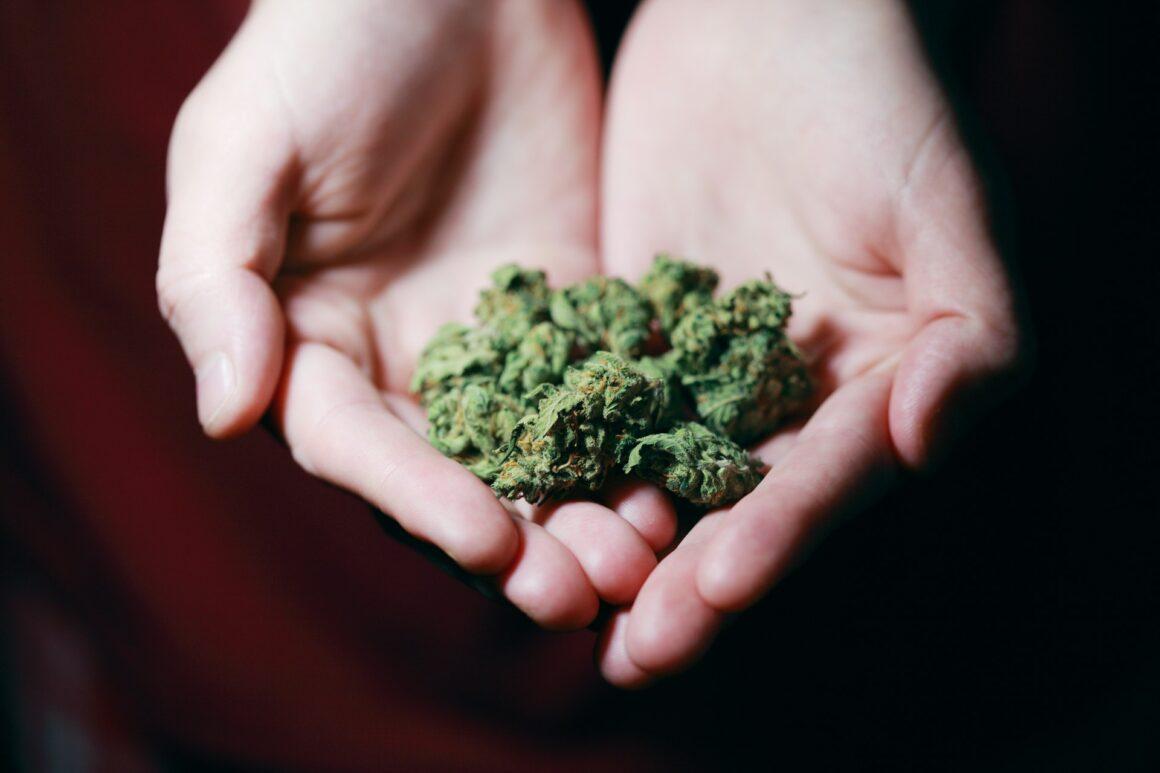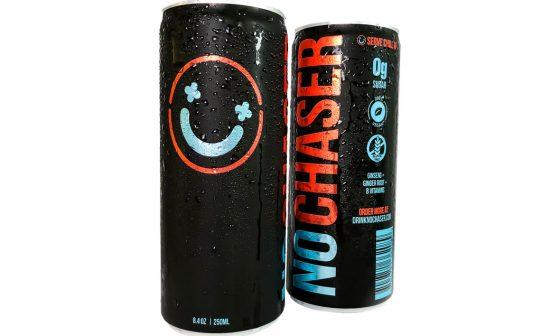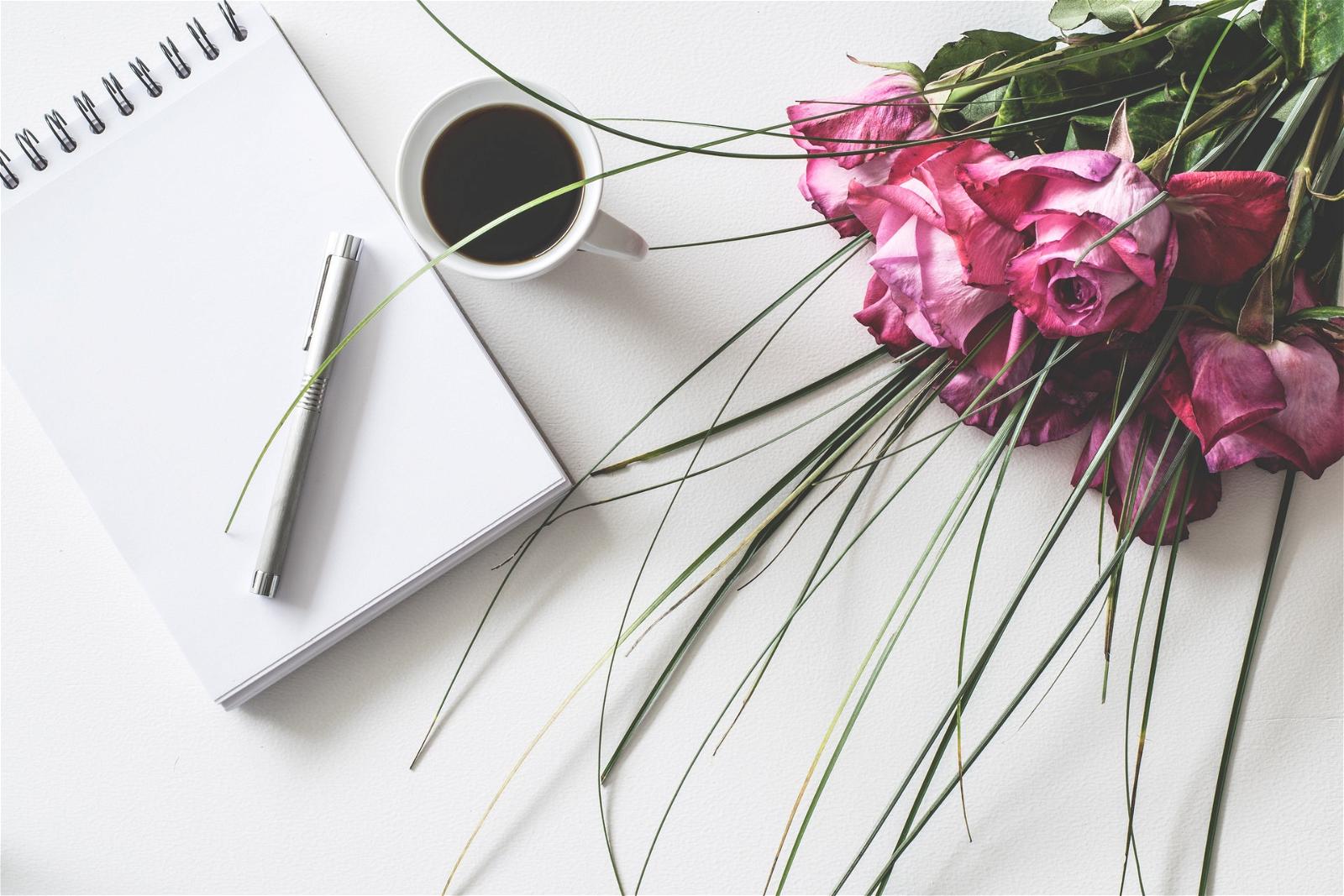If you are sitting on a beach right now and complaining because you had to pair a hoodie with your flip-flops in February? We hate you. Depending on where you live in the country, winter can be a punishing experience. How many times do you have to dig your car out of the snow before you lose it a little?
There are many reasons to feel less than happy about the winter season. During the pandemic, many of the things that we love to do to perk ourselves up aren’t an option. Bars? Yeah, maybe if you wear a mask, but it’s considered high risk. And some municipalities have some big restrictions on occupancy. Is it still fun to go to your local pub, if there are only five other people? Probably not.
Movies? Nope. Restaurants? Same deal as a pub or bar. You can, but you are rolling the dice. Big concerts? Nope. The list goes on and on. Winter usually stinks for more than half of America. But our first pandemic winter in over 100 years? Not even a novelty plague doctor mask can make it better.
Record-Breaking Cannabis Sales Show No Sign of Slowing Down
Did you know that in 2020, cannabis sales grossly exceeded expectations in almost all states that have legalized it? No kidding. We are talking about record-breaking cannabis sales in states like Colorado, California, Florida, and Oklahoma (the wild west of weed). Many were not sure whether the ‘green wave’ would subside in 2021. But states like Illinois reported (again) record-breaking pot sales in January 2021.
Cannabis compliance company Akerna reported on the total sales of cannabis through the holiday season. American cannabis sales generated $427 billion in December. Cannabis sales on Wednesday, December 23rd, saw a 76% increase in cannabis sales nationwide as everyone got stocked up with pre-holiday bud.
Sales are proof positive that Americans (in legalized states) are self-medicating with weed. No surprise there. Social distancing is starting to feel more like ‘last man on earth’ syndrome, and some people are resorting to smoke sessions on Zoom with their friends.
There is a social element to smoking weed that we are currently denied because of the health risks. Anyone else yearning for a good puff-puff-pass with your friends? If you feel like your mood isn’t right, tired, irritable, or anxious, cannabis may provide some relief. Or a few hours in every day where you can’t remember why you were feeling bummed in the first place. That feels good too.
Seasonal Affective Disorder (SAD) Is Real
You leave to go to work, and it is dark outside. You come home, and it is dark outside. Exhausting? You bet! And that is one of the reasons why winter, for many people, tops the list of least favorite things. Our bodies and brains are wired to get a certain amount of natural light. And this time of year, we’re not getting sun exposure.
MarijuanaDoctors.com explains how Seasonal Affective Disorder is a mental health condition. Some people feel hesitant to talk about changes in their mood with their primary care provider (PCP). But did you know that changes to your mood can increase your risk of developing other health conditions? Everything is connected to the supercomputer (your brain) and when your mood is off, so are other important physiological functions.
Seasonal Affective Disorder can mean different symptoms, depending on the season. The common symptoms actually change for Fall and Winter. They are more pronounced for many people in the Winter months because of the lack of sunlight but other important lifestyle changes.
For example, if you live in a cold climate, how likely are you to dig into a cold plate of fruit or a big salad for dinner? When it is 15°F outside? No way. That is straight-up chili in a bread bowl or roast beef and mashed potatoes weather, which is also part of the problem.
During the winter months, we crave carbohydrates. The less complex, the better! And that means we are also getting fewer dietary nutrients in the food we eat. Our bodies are also genetically wired to create a semi-hibernation mode when it is cold outside. Sugar is easier to burn as a fuel source, so your body will crave more carbs during the winter months.
What Are the Symptoms of Seasonal Affective Disorder?
While the majority of people want to shrug off feelings of low mood and chalk it up to the winter blahs’, SAD is a clinical diagnosis. It is a health condition that can be treated with the help of a doctor. But many people don’t recognize that they have SAD because they feel that the symptoms are less debilitating.
The most common symptoms of seasonal affective disorder include:
● Low energy
● Insomnia
● Loss of interest in hobbies or things you normally like
● Difficulties staying focused or with concentration
● Feeling agitated or irritable
● Feelings of low self-worth
● Social withdraw
Without treatment, symptoms can become worse. Some people who experience moderate to severe seasonal affective disorder can develop suicidal ideation. And they can be at a significantly higher risk of self-harm. This is why paying attention to feelings of low mood that are abnormal for you is important.
Winter SAD symptoms also include oversleeping longer than normal. Are you usually an early riser? A significant change in how long you sleep could be a sign. Food cravings increase, and with it comes weight gain.
More than ten million Americans have been diagnosed with Seasonal Affective Disorder (SAD). The condition is four times more prevalent in women. And an estimated 6% of Americans require hospitalization for the condition. It’s definitely not in your head, but a real health risk that can be addressed with different therapies. And one of the most effective therapies for treating Seasonal Affective Disorder may be medical marijuana.
A study published in the European Neuropsychopharmacology Journal determined that people with SAD have 5% more of a protein called SERT. In the body, SERT helps more serotonin around. The higher the SERT level, the less serotonin activity occurs. And the result is feelings of depression.
The same study also found that people with high levels of SERT proteins were overproducing melatonin. The human pineal gland produces melatonin. Clinical research suggests that low serotonin combined with high melatonin can mess up the body’s internal clock.
Once the circadian rhythm is messed up, insomnia happens. And some of the SAD symptoms may be caused by long-term or chronic insomnia. This may also be why people who work the midnight shift can have a higher than average rate of SAD diagnosis.
How Can Marijuana Improve Mood for People with SAD?
The Beverage Daily reported that consumption of alcohol went down in 2020. While cannabis sales went up. But there was an estimated 33% drop in alcohol consumption. Statistically, less alcohol was sold because many bars and restaurants were intermittently closed. Nonetheless, while the domestic sales data is not available at the time of writing, alcohol sales were forecasted to increase by 80% this year.
If symptoms of anxiety and depression rise during the pandemic, alcohol may not be the best or safest method of self-medicating at home. Alcohol is a depressant. It can exacerbate feelings of depression and, in some cases, make mood disorders worse.
Certain strains of cannabis are mood-lifting. They are typically Sativa strains or Sativa dominant hybrids that have terpenes like linalool (lavender scent) and Limonene (citrus notes). Linalool terpenes are anxiety-relieving and can help with feelings of depression. Limonene is a stress-buster and provides anti-inflammatory properties. Pinene is another ‘happy’ terpene that can create an energetic and alert effect.
Six Strains of Weed That Can Help you Beat the Winter Blahs
There are a high number of strains that can be appropriate for addressing symptoms of Seasonal Affective Disorder. They can provide energy and reduce anxiety. If chronic pain is a contributing factor, a strain that lifts mood and provides anti-inflammatory properties can be a good choice.
Here are six that are not too hard to find, which may provide some relief.
● Super Silver Haze
● Sweet Afghan Delicious (SAD)
● Blue Dream
● Sour Tsunami
● XJ-13
● Cannatonic
Many strains of cannabis Sativa create a euphoric or energetic mood life. This is exactly what most people want when they are feeling the effects of SAD or another mood disorder. But when choosing the right strain(s) for medicinal use, it’s important to steer clear of the strains that create anxiety or paranoia.
Some people with SAD choose an edible (where legally available) that is derived from an uplifting Sativa strain. Edibles are easy to dose, have an almost undetectable scent, and can provide mood-lifting experiences for longer durations. On average, an edible can provide 4-8 hours of relief and psychoactive effects.






